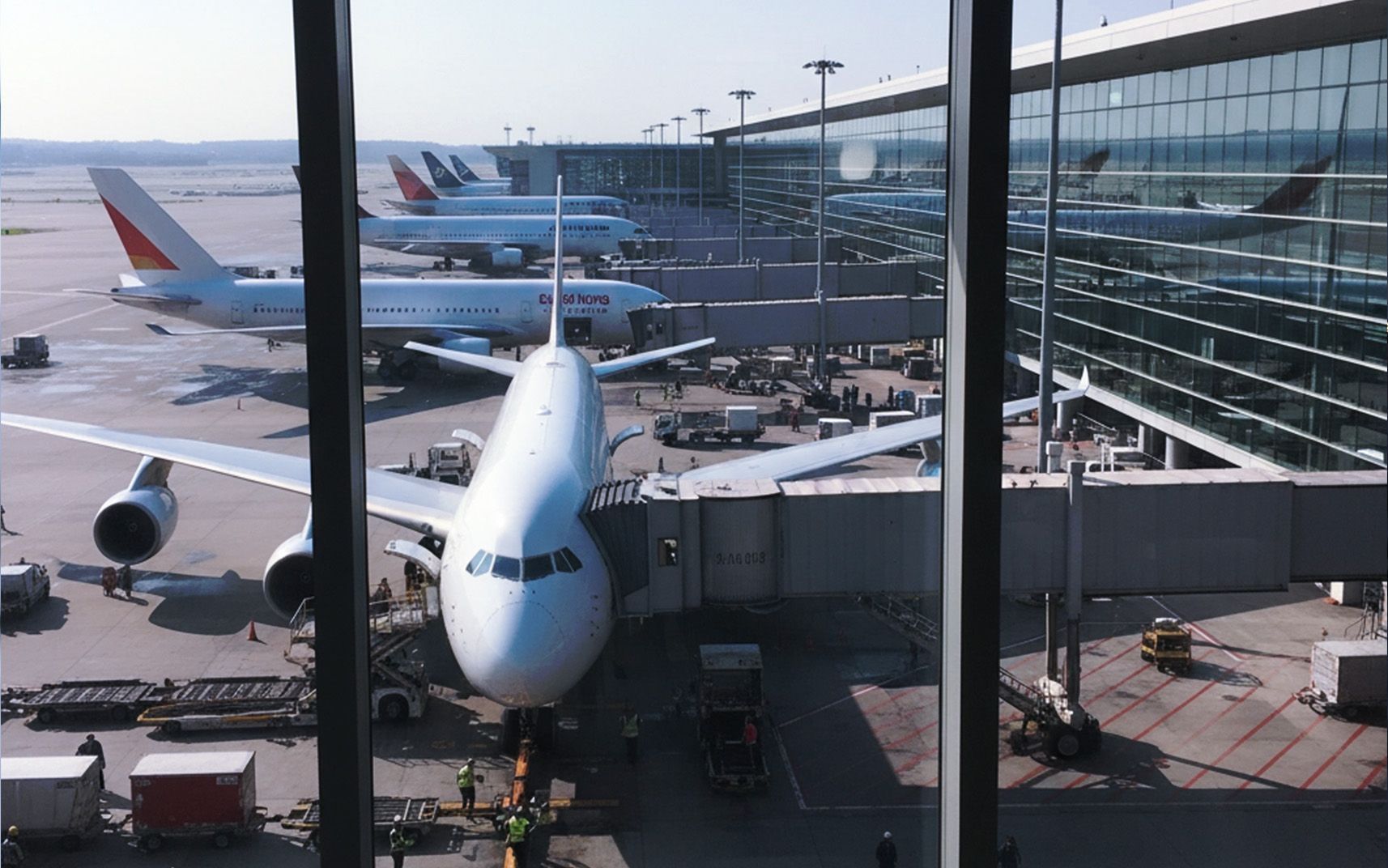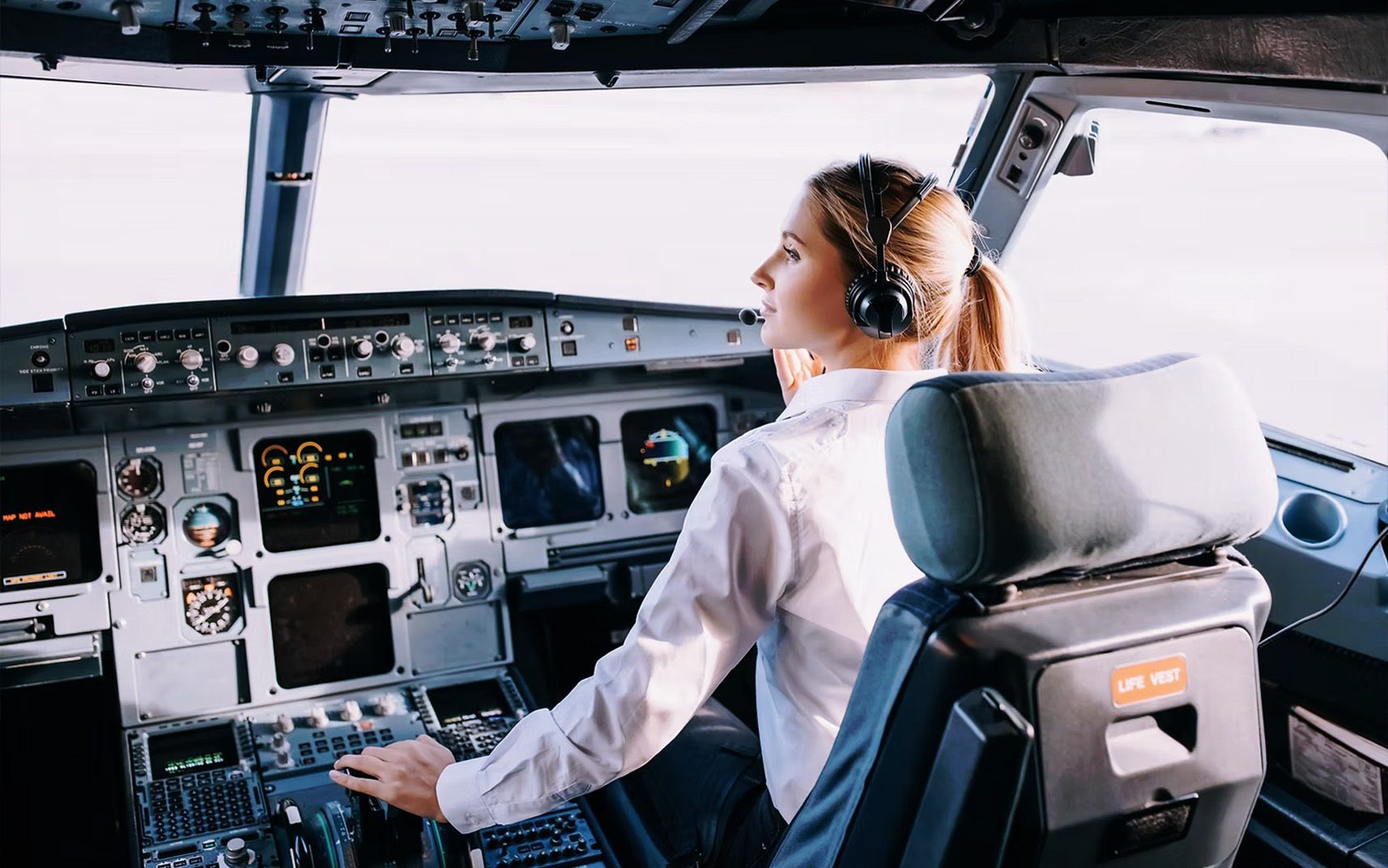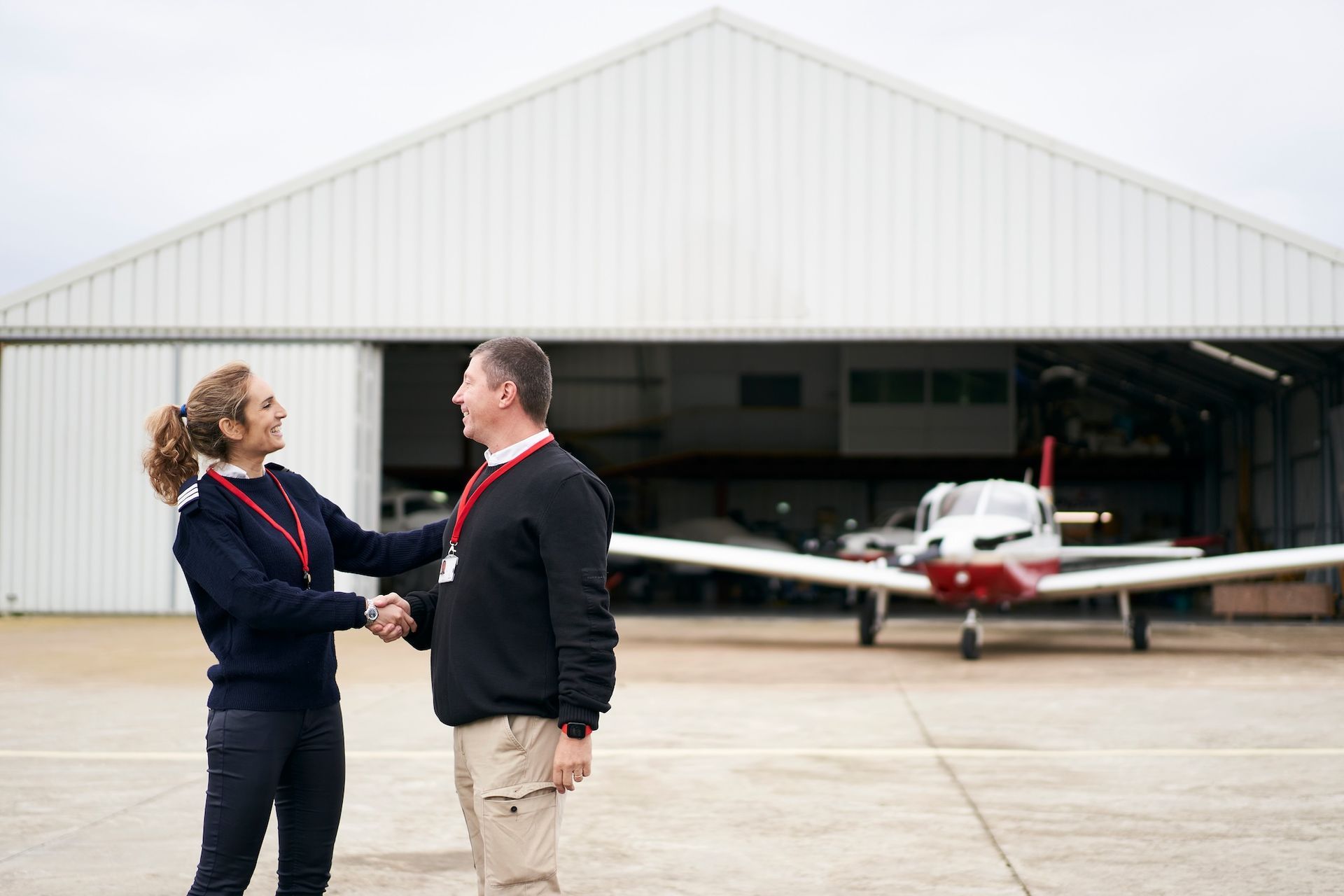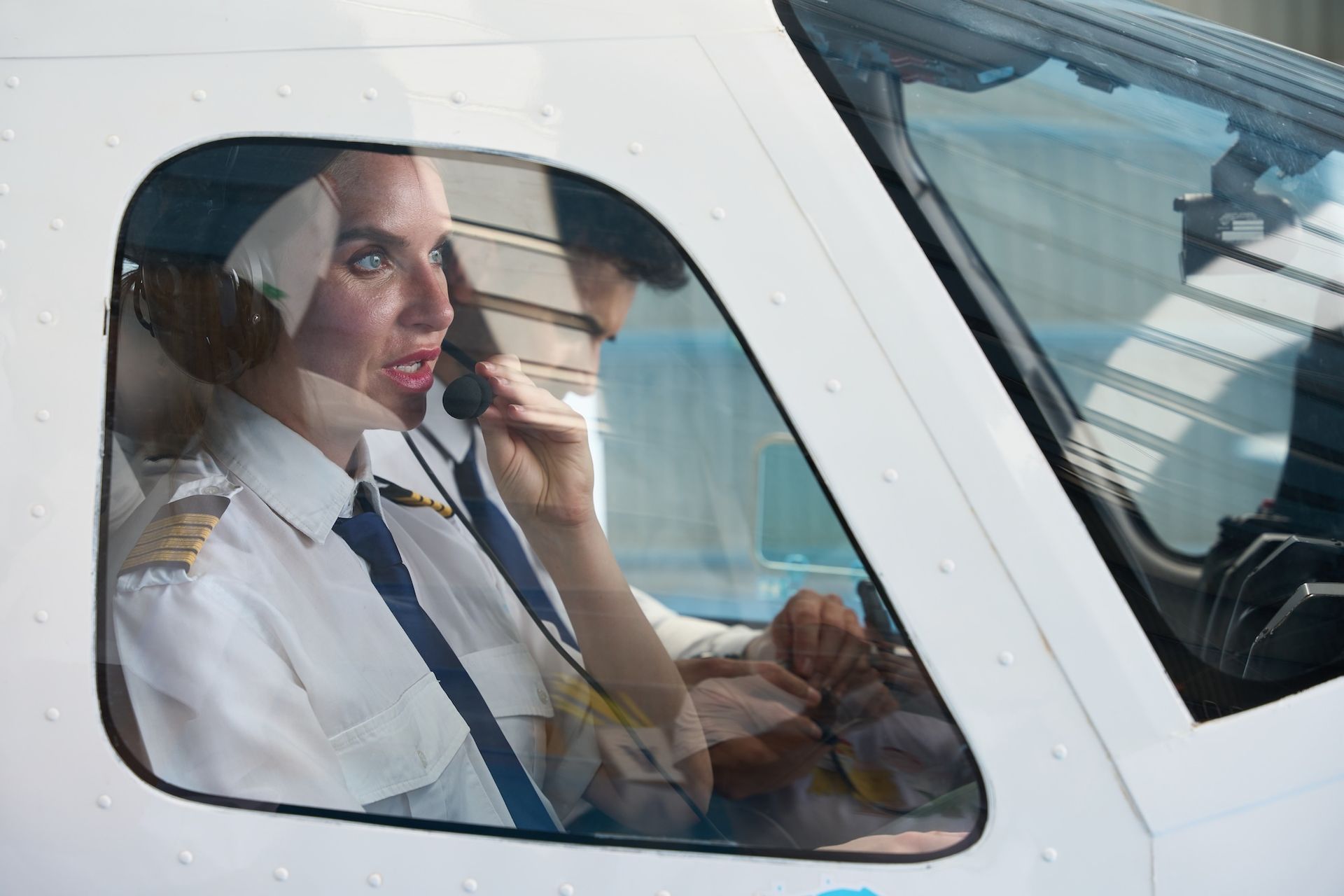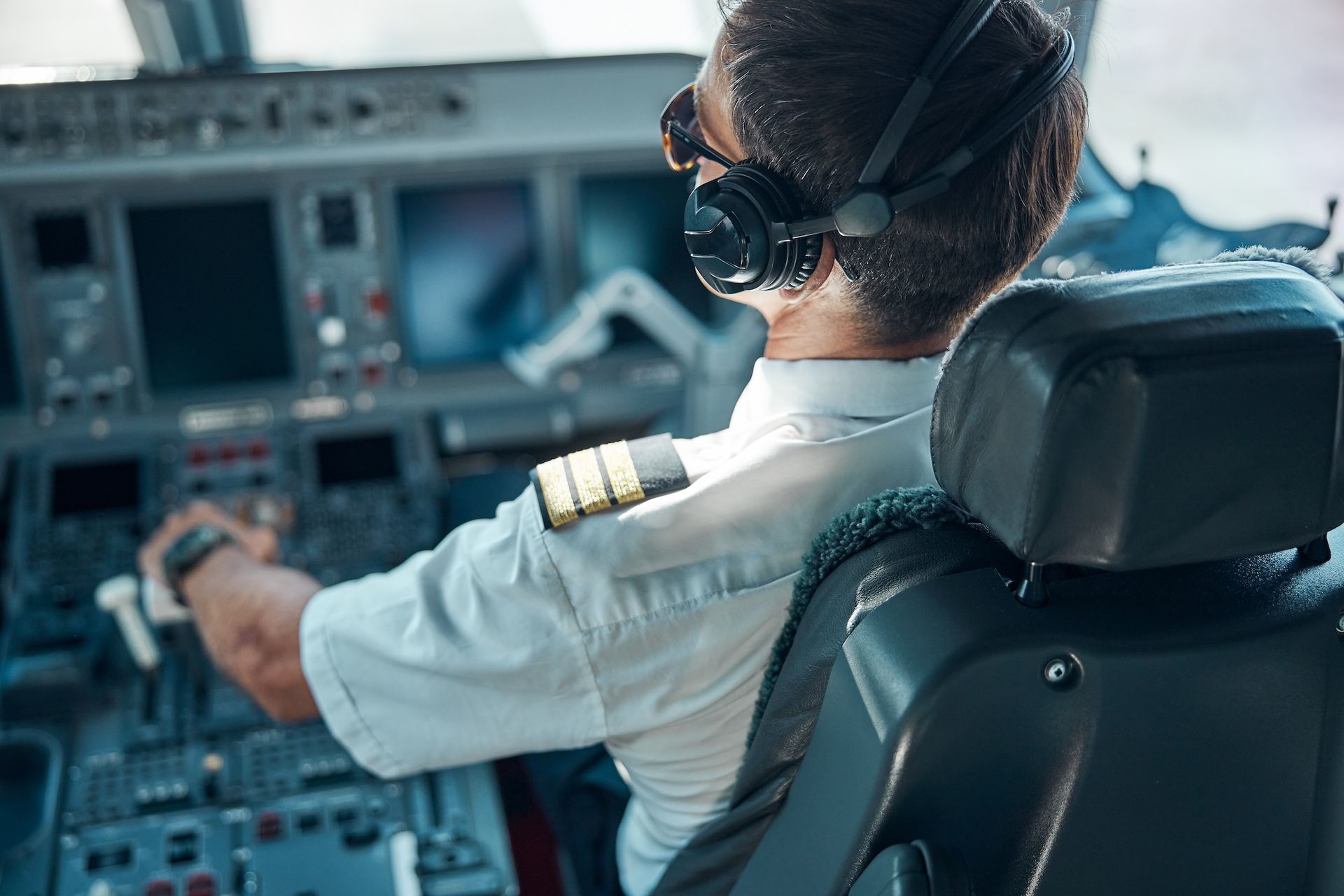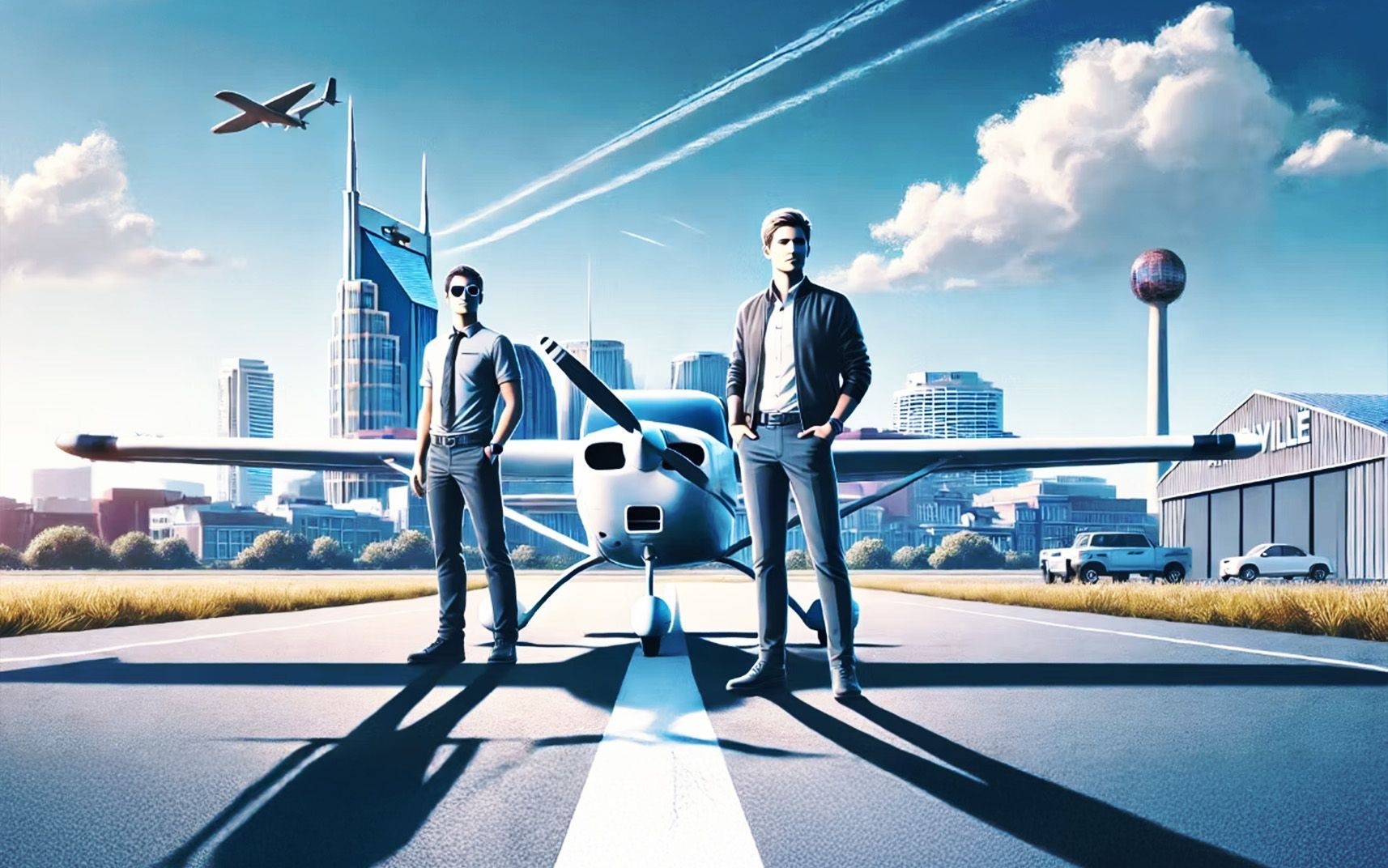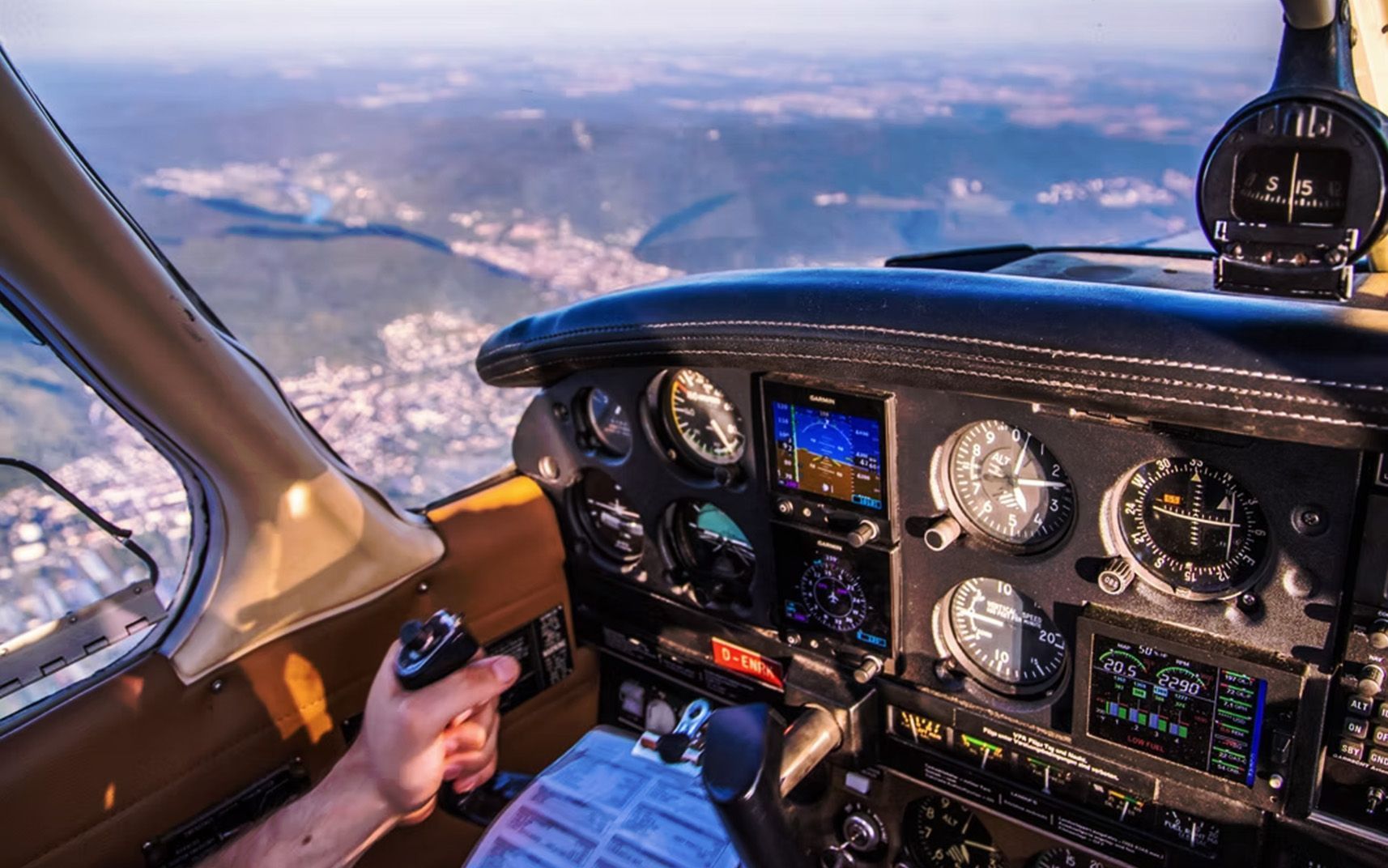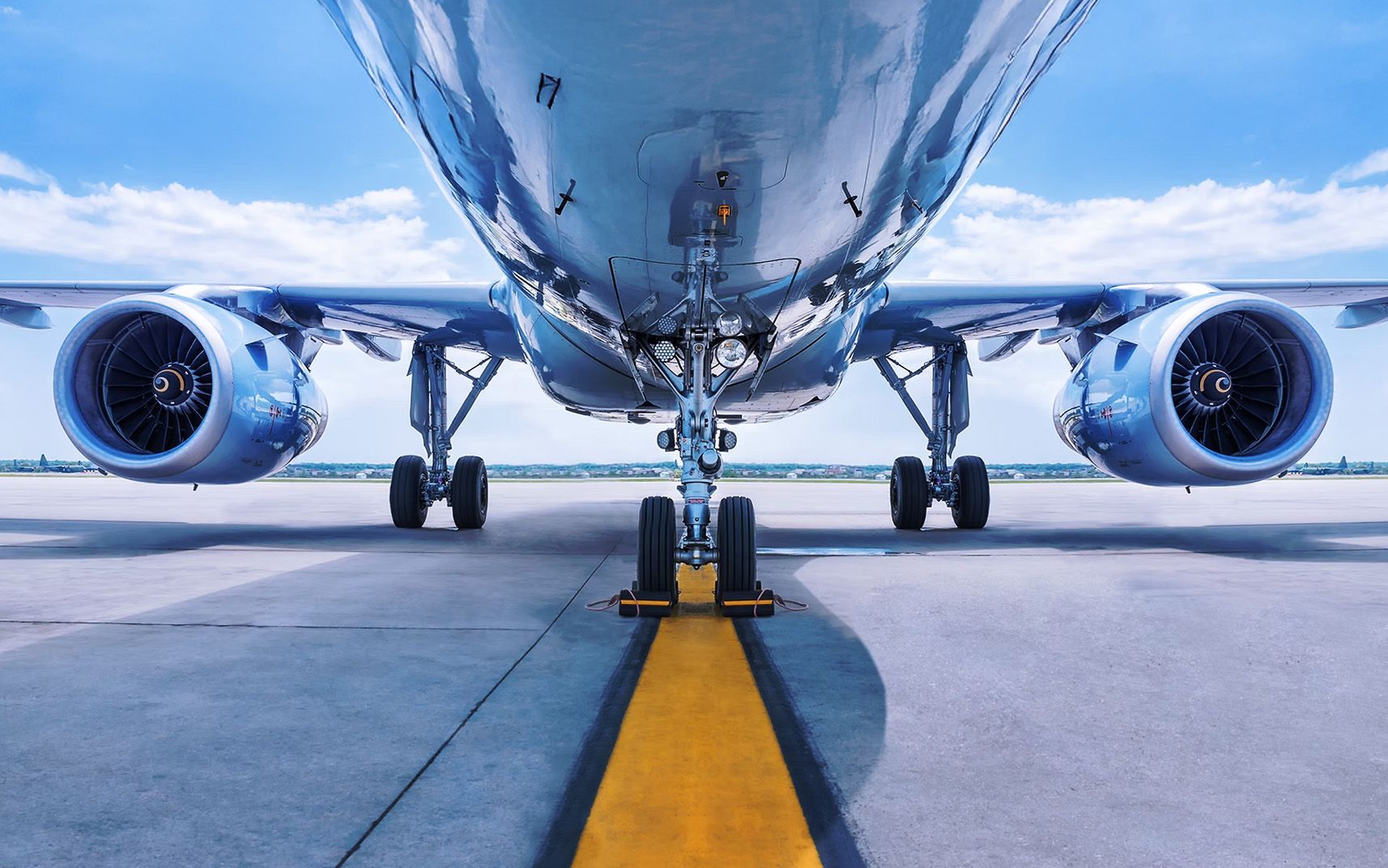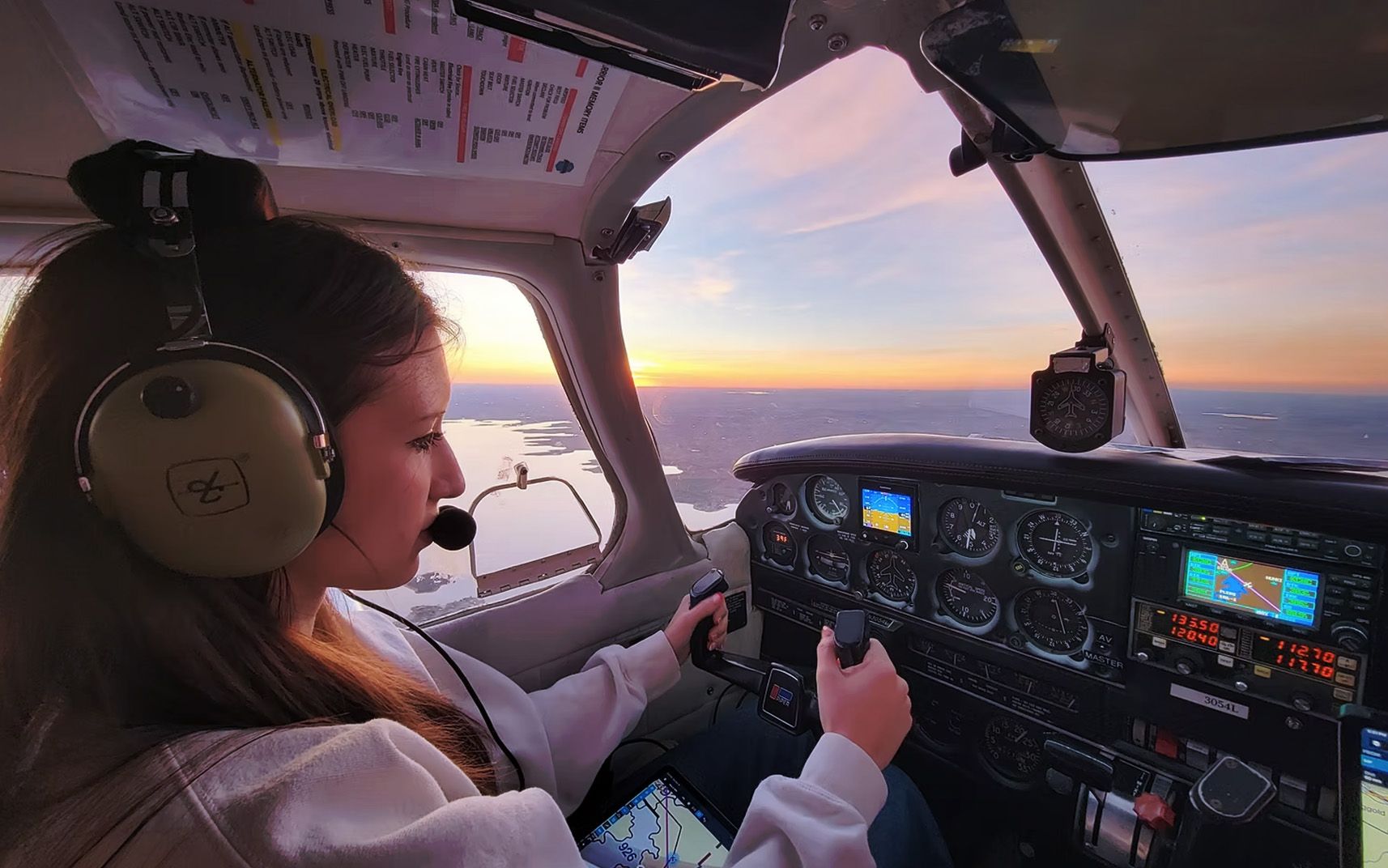What Can You Do with a Private Pilot License?
Share this article
What Can You Do With a Private Pilot License?
If you’re the kind of person who stares out of airplane windows and wonders what it would feel like to be at the controls, you're not alone. Getting a private pilot license (PPL) isn’t just about adding an impressive line to your resume. It changes the way you move through the world. A PPL lets you fly for fun, build experience, and start carving a path toward a professional career in aviation.
So, what can you actually do with it? Let's dig into the possibilities.
1. Take Off for Leisure and Personal Travel
First and foremost, a private pilot license gives you freedom. Pure and simple. Instead of road trips, imagine weekend flights to hidden beach towns or buzzing cities just a few hours away by air. No TSA lines, no rental car lines. Just you, a flight plan, and the open sky.
You can fly solo or bring passengers along (as long as you're not charging them). Whether it's date night in a new city, a family trip, or a solo sightseeing tour, the experience is unforgettable.
Want to really level it up? Pack a picnic, land at a nearby airfield, and enjoy lunch with a runway view. Some airports even have restaurants on-site or within walking distance. It’s a different kind of getaway, one where the journey is just as exciting as the destination.
2. Explore New Views and New Skills
Flying makes you see the world differently. It sharpens your awareness, builds discipline, and strengthens decision-making. Those traits follow you outside the cockpit, whether you're managing a household, running a business, or just trying to stay calm in traffic.
And if you like a challenge? Try landing at a mountain airport, navigating complex airspace, or flying through different weather conditions (within legal limits). It’s like leveling up in real life.
Every flight teaches something new. You’ll learn to track changing weather, manage time, communicate clearly, and think ahead. These aren’t just flying skills. They’re life skills.
3. Capture Aerial Content Like a Pro
Got a passion for photography or film? A private pilot license lets you take your camera to new heights. While commercial work requires extra certifications, you can still fly for personal projects or hobby content.
From sweeping farmland at golden hour to dramatic coastal flyovers, a private license unlocks visuals you just can’t get from the ground.
Some pilots even use their flying time to build content for social media or personal websites. If you’re a creator, having a PPL adds a completely new layer to your storytelling.
4. Fly Into the Aviation Community
Once you’re licensed, you’re not just flying airplanes. You’re joining a community. Think fly-ins, aviation expos, pancake breakfasts at small-town airports, and meetups with people who geek out over lift-to-drag ratios.
You might even join a flying club to reduce costs and get access to more aircraft. Or volunteer with youth aviation programs. Your PPL opens doors into a whole new circle of people who think altitude is the best attitude.
There’s also something uniquely bonding about being around others who share the same dream. Many pilots build lifelong friendships through aviation circles.
5. Start the Clock on a Commercial Career
If you're aiming for the captain's seat in a commercial airliner one day, your PPL is the first step. It kicks off the process of hour-building. Every time you log a flight, you're that much closer to the requirements for a commercial license.
Many professional pilots start with a PPL and then move quickly into an accelerated program that combines instrument and commercial ratings. It all begins with those first solo flights.
Flight schools like Nationwide Aviation are built to help you do exactly that. They know what airlines are looking for, and they help you meet the mark.
6. Give Back With Your Wings
You can't fly for hire with a PPL, but you can give your time. Many organizations allow private pilots to volunteer for missions. That might include transporting rescue animals, delivering supplies, or flying patients to medical appointments.
These flights change lives. Yours included.
Groups like Angel Flight and Pilots N Paws offer ways to make a direct impact using your aviation skills. It’s a powerful way to combine passion with purpose.
7. Train for More Advanced Ratings
The PPL isn’t the end. It’s the beginning. Once you’ve got it, you can keep building your skills. Add an instrument rating to fly in low-visibility conditions. Get a multi-engine rating. Work your way up to commercial and flight instructor certificates.
Each rating unlocks new capabilities and new goals. The more you learn, the more you can do.
Advanced ratings also give you more tools to manage tricky situations, opening the door to flying more complex aircraft and expanding your potential destinations.
8. Take the Fast Track With Nationwide Aviation
If you know you want to make flying your career, there’s no need to go it alone. At Nationwide Aviation, students launch from zero experience to career-ready in as little as 9 months. The process is streamlined, supportive, and career-focused.
Nationwide simplifies the learning curve, offers flexible scheduling, and connects students to real job opportunities after graduation. Whether you’re just testing the waters or already committed to the skies, they’ll meet you where you are and help you take off.
With professional instructors, industry connections, and a training process that works with your lifestyle, it's more than possible. It's happening every day.
9. Busting Myths About Becoming a Pilot
Think becoming a pilot is only for the rich, the genius-level smart, or the naturally fearless? Think again. One of the biggest roadblocks aspiring pilots face isn’t ability—it’s misinformation. Let’s clear up a few myths.
“It’s too expensive.” Sure, flying has a cost. But so does college, and so do most career paths. Financing is available, and many students work part-time while training. Some even get sponsorships or support from aviation organizations.
“You have to be perfect at math.” Nope. Basic math and a willingness to learn are all you need. No one expects you to solve calculus mid-flight.
“It’s too dangerous.” Statistically, general aviation is extremely safe when proper training and procedures are followed. With a PPL, you’re trained to assess risk, follow rules, and make smart decisions.
“It’s a male-dominated field.” While that’s historically true, the skies are changing. More women and nontraditional students are earning their wings every day. Diversity in aviation is growing, and schools like Nationwide Aviation are here for it.
Let go of the myths. Focus on the goal. Pilots come from all backgrounds, and there's a place for you in the cockpit.
10. Build Confidence That Translates Everywhere
Flying isn’t just about taking control of an aircraft. It’s about taking control of your mindset. Every time you taxi down a runway or make a split-second decision in the air, you’re building real, transferable confidence.
Pilots often talk about how training reshaped their self-belief. That same confidence spills into job interviews, leadership roles, and day-to-day decision-making. It’s not ego. It’s earned assurance. You learn how to stay calm under pressure and problem-solve in real time.
That confidence becomes part of who you are, whether you're in the cockpit or anywhere else.
FAQs: Private Pilot License Basics
How long does it take to get a PPL?
Training time varies based on your availability, but most students complete their private pilot license in 3 to 6 months. If you're flying full time, it can be even faster.
Can I fly at night with a PPL?
Yes, night flight training is included as part of your private pilot program. You'll learn how to navigate, communicate, and operate safely after dark.
Can I rent planes once I’m licensed?
Absolutely. You can rent aircraft from flight schools, FBOs, and flying clubs. Renting is a great way to keep flying without the commitment of ownership.
Can I fly in bad weather?
Only if you have an instrument rating. A standard PPL limits you to visual flight rules (VFR), which means you must maintain visibility and avoid clouds.
How much does it cost to get a private pilot license?
Costs vary, but most students spend between $12,000 and $17,000. Financing options are available. Some schools also offer pay-as-you-go pricing or bundled packages.
Do I need perfect vision?
No. Corrected vision (glasses or contacts) is acceptable. As long as your vision meets FAA standards with correction, you can qualify.
Is a private pilot license valid forever?
Once earned, your license doesn’t expire. However, you’ll need to maintain currency by meeting flight requirements and completing a flight review every 24 months.
Can I bring friends or family?
Yes. As a private pilot, you can carry passengers as long as you’re not being paid. Many pilots take loved ones flying for special occasions or spontaneous adventures.
Can I fly internationally with a PPL?
Yes, but there are rules. You’ll need to meet the entry requirements of the country you’re flying into and possibly coordinate with local aviation authorities.
Where Can a PPL Take You?
A private pilot license can take you further than you think. It’s not just a hobby. It’s a skillset, a confidence builder, and a launchpad for opportunity. You might start with joyrides over your hometown and end up in the captain’s seat of a major airline.
Whatever your goal, the first step is always the same: start flying.
Ready to take off? Visit Nationwide Aviation and begin your journey today.
Flight training programs and timelines may vary. Speak with an admissions advisor to learn more.
Recent Posts
